
Yokai transcend cultures (Boogieman, Namahage, Kisarari)
The other day, I watched the movie "comeI watched ".
It's more of an "exorcism entertainment" movie than a "horror" one. I won't go into detail about the story itself here, but the visuals were quite powerful and impressive. The prayer scene was particularly impressive. Rie Shibata's eccentric acting and Takako Matsu's cool acting are also highlights.

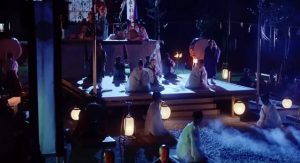
Shinjuku Shimo-Ochiai "Hikawa ShrineApparently, a Shinto priest from this shrine was involved in the film's making from the planning stage and assisted with filming.
Personally, when I lived in Takadanobaba for a while, the apartment I lived in was right in front of Hikawa Shrine, so I feel a connection to this place.
The film was also shot on location at Otori Shrine in Koka City, Shiga Prefecture, and it seems that a Shinto priest there also provided acting direction, which created a great atmosphere.
The original story of the movie "Kuru" is "Bogiwan is coming' is a horror novel by Sawamura Ichi.
"Bogeyman" is an original ghost created by the author, Mr. Sawamura. In the story, it is said to be a monster that is said to be from Mie Prefecture, and was created by missionaries during the Muromachi period as "The BoogeymanIt is explained that the name originally came to be called "Bogiwan" because of the Japanese accent at the time.
Boogeyman lore
The "Boogieman" does not have a specific appearance or characteristics, but is said to be an embodiment of the fears and anxieties that many children share. The name "Boogieman" is said to have originated in Scotland, but there are legends about such abstract monsters all over the world.

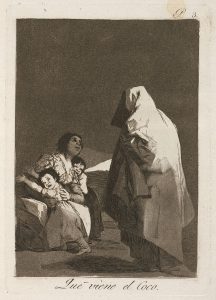
The legend of Namahage
Wikipedia entry for "Boogieman"So, as an example in Japan,Namahage" is introduced.
"Namahage" is an event held on the Oga Peninsula in Akita Prefecture, but similar events to Namahage are widespread throughout Japan. On the Japan Sea coast, there are events called "Namomihagi," "Nagame," "Namomyo," "Nagomi," "Amami," "Amahage," and "Amamehagi," and within Akita Prefecture there are similar events called "Nagomehagi," "Yamahage," and "Amanohagi."
"Namahage" wears a demon mask and a straw costume, but what is the origin of "demonThe existence of "" is based on the image of spirits and the dead,Nobuo OrikuchiIt may be that they embody the primordial mental landscape of fear and awe felt by the Japanese people, to the point that some have proposed the theory that kami and oni were synonymous in ancient Japanese language.
Kisarari (Long-eared ghost)
Ainu "Kisarari"teeth,"Long-eared ghost" means "scare the crying child," and is a tool used to scare crying children. The sickle blade is wrapped in black cloth to make it look like a beak, and the ears are wrapped in red cloth.

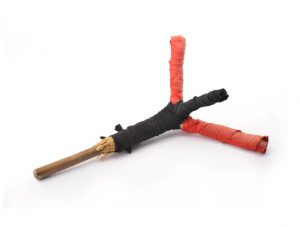
If there is a child who won't stop crying at night, it is said that if you let this Kisarari (the long-eared ghost) peek out of the window, clench your teeth, pull back your lips, breathe hard, and make a "guh, ghuh" sound that sounds like something that could be an animal or a bird, most children will stop crying immediately.
It also appeared in "Golden Kamuy," so many people may know it.

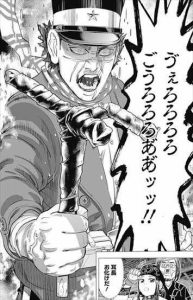
This may also be an example that shares something in common with the "Boogieman," in that it makes children believe in a vague, shapeless "long-eared ghost" as a source of fear.
The Thousand Monsters Theory and Monsters that Transcend Cultures
There are many cases, not just with the "Boogieman," where similar folklore can be found in completely different places around the world.
According to Shigeru Mizuki, there are countless monsters in the world, but they all have something in common and can be condensed into about 1,000 types.The Thousand Monsters Theory" They were chanting.
Since fundamental human emotions such as fear and awe are universal, then yokai have a common language, and cross-cultural communication through yokai should be possible.
Yokai transcend seas and cultures.
Yokai may be the key to bringing world peace.
Images: Tetsuya Nakashima's "Kuru," Francisco de Goya's "The Boogieman Comes," Nibutani Ainu Culture Museum in Biratori Town, Satoru Noda's "Golden Kamuy"
Reference: “Selected Japanese Folklore Dictionary” (Agio Fukuda, Yoshikawa Kobunkan)
Text by Keijiro Watanabe
■ Keishiro Watanabe (Kei-chan)
Born in Asahikawa, Hokkaido. Graduated from the School of Human Sciences at Waseda University. An independent researcher of yokai. Certified Information Systems Auditor (CISA) and Project Management Professional (PMP).
He currently works as a management and IT consultant, residing in Sapporo, Hokkaido, and traveling throughout the prefecture and Tokyo. However, he studied folklore and cultural anthropology at university, and continues to research yokai as his life's work.
I am currently writing articles about monsters associated with Hokkaido, where I currently live, as well as current news about business and economics.
Twitter:https://twitter.com/keishiro_w

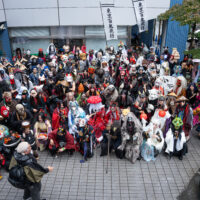
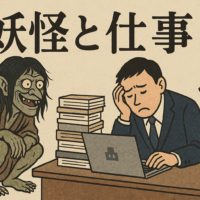
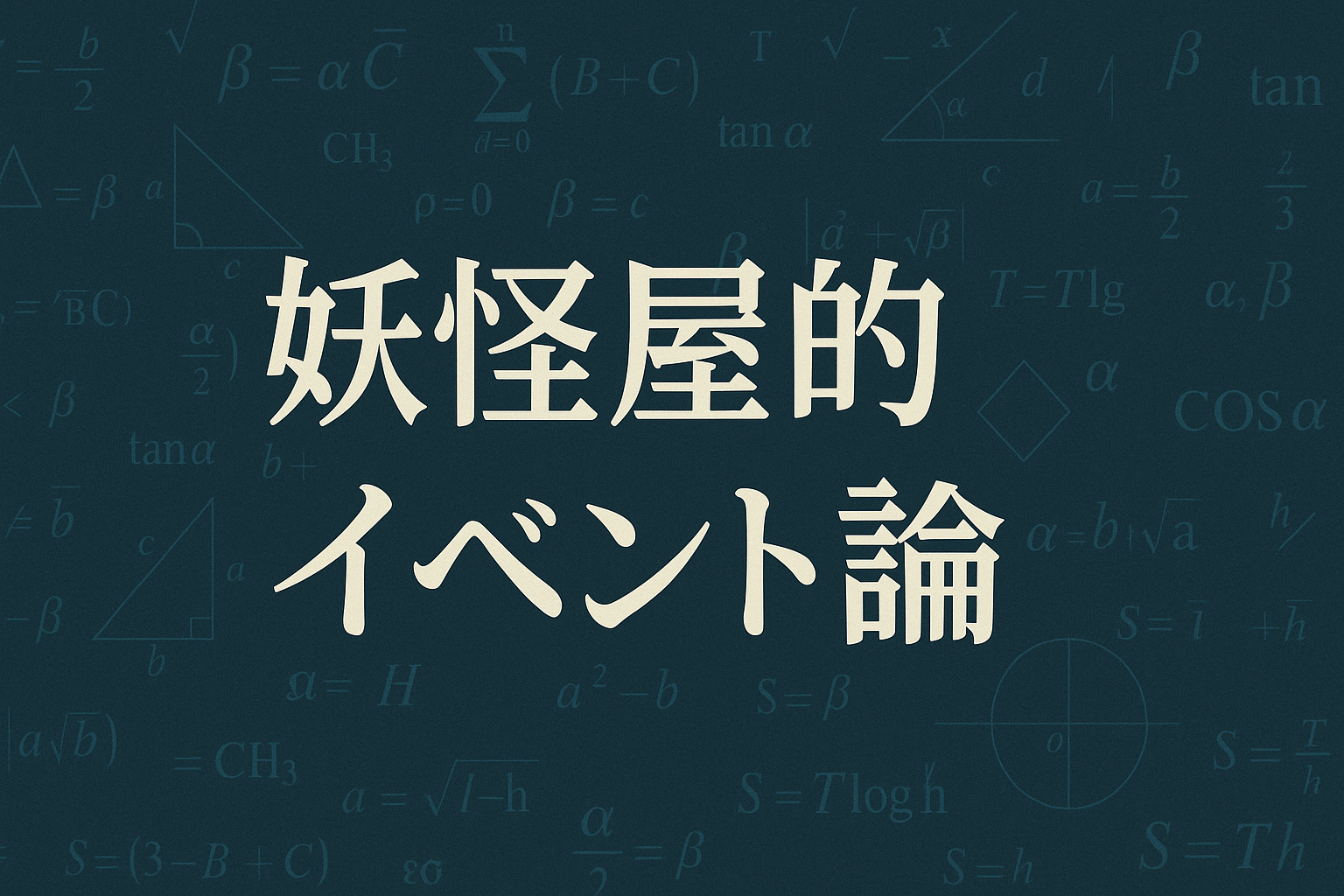



No comments yet.